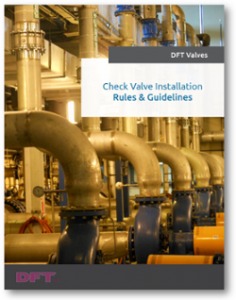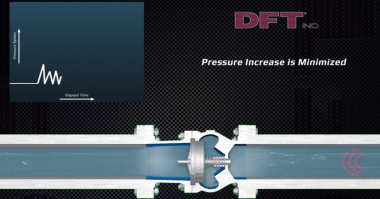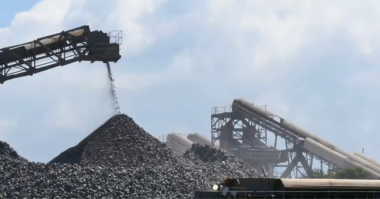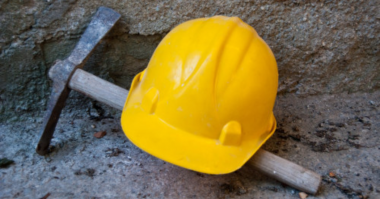If you missed the recent Water Hammer Webinar, it’s OK! You can watch it on demand on the DFT® website at your convenience! Their expert answered some very important questions regarding water hammer solutions, so DFT decided to share those answers below!
What is water hammer? How do I prevent it?
Water hammer is a hydraulic shock event that is caused by the sudden closure of quarter turn valves, or more commonly the sudden shut down of pumps. Pumps that are pushing water into vertical pipelines are almost always guaranteed to cause water hammer when they shutdown.
The best way to prevent water hammer is to install axial flow check valves (and only axial flow check valves) as close to the pump as space will allow. If you use a swing check in this application, the valve will only be closed by reversing flow. The reversing flow will slam the valve closed causing the water hammer.
Why does a cold water system need an expansion tank and water hammer arrestor?
The system you describe probably has vertical runs of piping in it somewhere. f those vertical runs are close to the pumps supplying those systems, and those pumps are protected with swing check or double door valves, the reversing flow that happens when the pump shuts down causes the water hammer. The cold water in the system plays no part other than to transmit the hydraulic shock wave of the water hammer event.
You mentioned that the second cause of water hammer is hot and cool water meeting. Is there a way of mitigating water hammer in this situation?
Mixing very hot water with a much smaller volume of cold water will cause the cold water to expand rapidly. This rapid expansion can cause shock waves to propagate through the liquid medium.
If you have a system that has both phases of water, steam and liquid, then you have the potential for water hammer to occur. You should make sure that there is no accumulation of water at any low points in the piping system. If there is, it would be a good idea to install drains and steam traps at those low points. Hot water can become steam when the pressure is low enough.
What is the pressure drop of this style check vs. a normal swing check?
Pressure drop through a valve has to be calculated knowing the media, the state of that media (gas or liquid) and the pressure/temperature properties of the media. The equations for determining pressure drop require a valve flow coefficient known as Cv. This is a characteristic of a valve that is determined by analytical testing or Computational Fluid Dynamics.
Typically, the Cv of a swing style valve is a higher value than the Cv of an axial flow check valve. This may not be a bad thing, in fact it may be desirable to have a check valve with a lower Cv to insure that the flow through the piping and thus through the valve is sufficient to fully open the valve and maintain a stable full open position.
What can be done for a process where a control valve needs to be shut down quickly?
Make sure you calculate the time constant for the specific installation for the control valve. Normally control valves are not fast acting valves, but quarter turn ball or butterfly valves do close quickly.
Make sure you make the valve closing time greater than the calculated time constant so that you decelerate the liquid slow enough to prevent creating the shock wave that would be associated with sudden stoppage.
Check Valve Solutions from DFT® Inc.
 For more than 70 years, DFT® Inc. has helped customers diagnose check valve problems, provide solutions, and prevent failures. We specialize in providing the right in-line check valves to meet customers unique application requirements. From world-renowned DFT® Silent Check Valves to the innovative DFT HI-100® Control Valves, we have the products you need and a team of valve experts with decades of experience in a range of industries, including power generation, petroleum, construction, chemical processing, steam, water treatment and many more.
For more than 70 years, DFT® Inc. has helped customers diagnose check valve problems, provide solutions, and prevent failures. We specialize in providing the right in-line check valves to meet customers unique application requirements. From world-renowned DFT® Silent Check Valves to the innovative DFT HI-100® Control Valves, we have the products you need and a team of valve experts with decades of experience in a range of industries, including power generation, petroleum, construction, chemical processing, steam, water treatment and many more.
To learn more about our valves and how we can assist you, download our eBook, “Check Valve Installation Rules & Guidelines” or contact DFT directly.





Comments